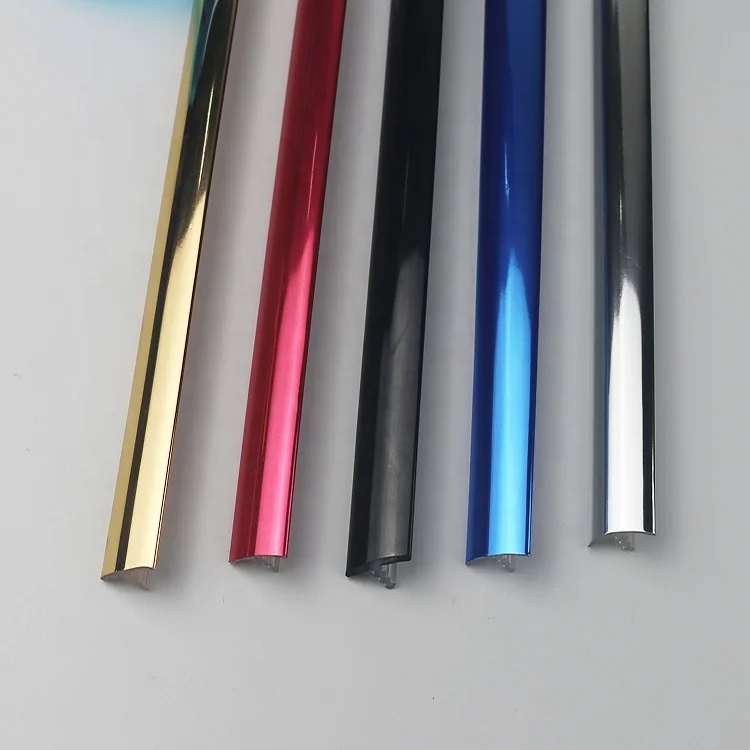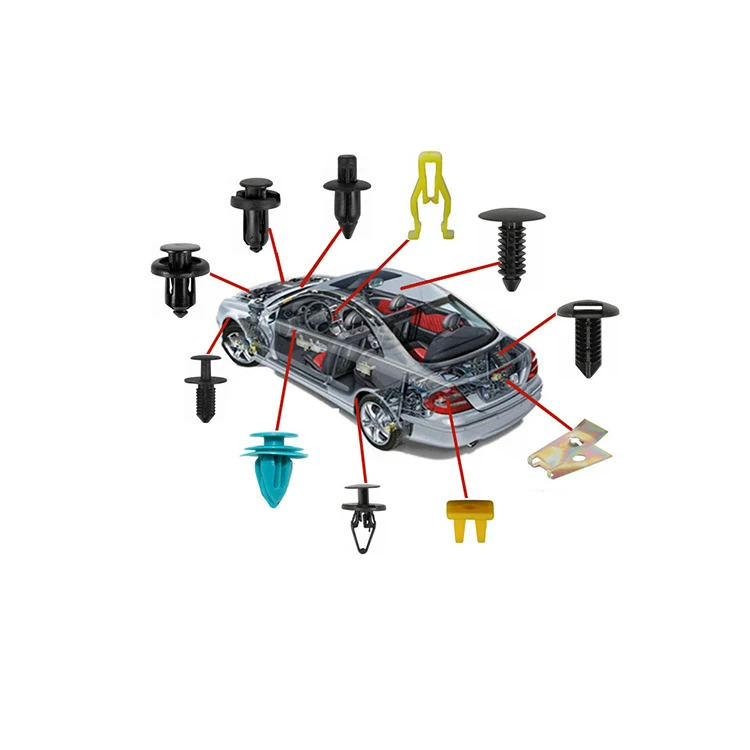Frameless shower seal strips are made from high-quality materials, typically rubber or silicone, designed to provide a watertight seal between the glass panels and the shower surfaces. Unlike traditional framed shower doors that come with built-in seals, frameless designs rely heavily on these strips to prevent water from escaping the shower area. Available in various sizes, lengths, and colors, seal strips can be selected based on the specific requirements and aesthetics of any shower enclosure.
 Home
Home











